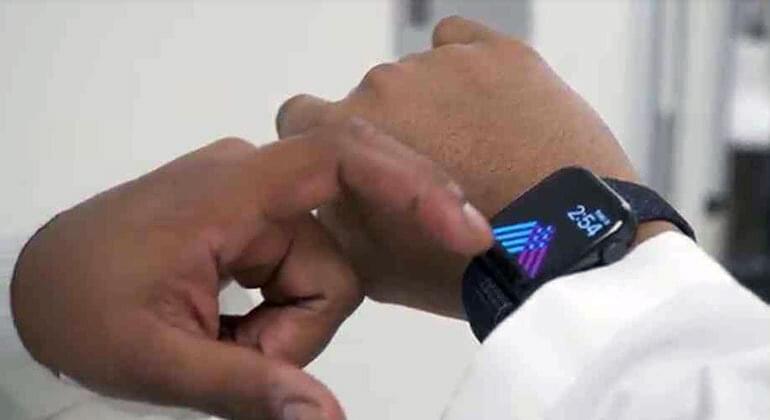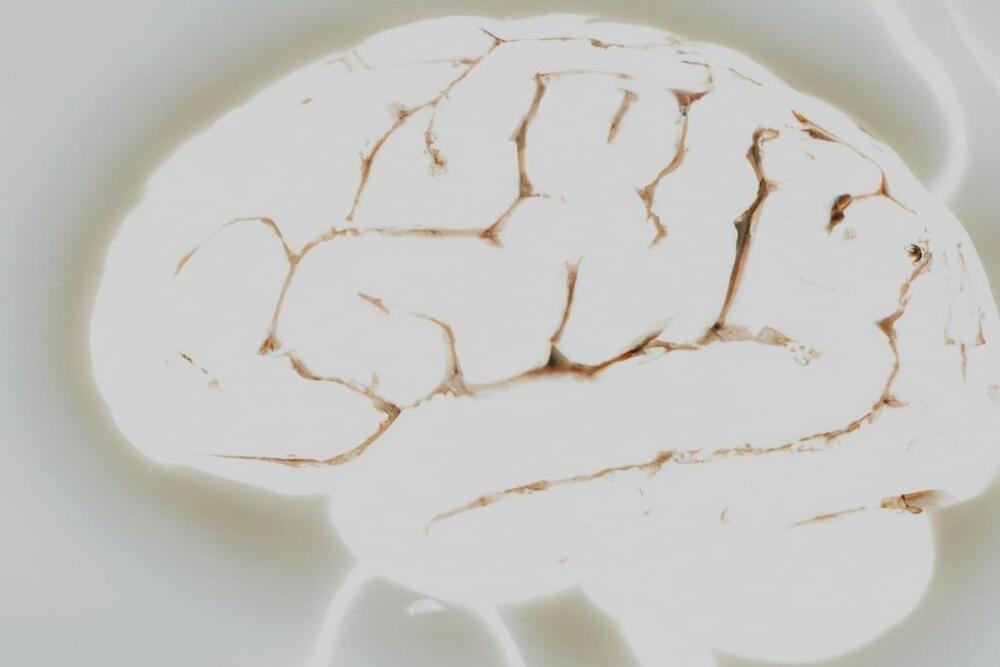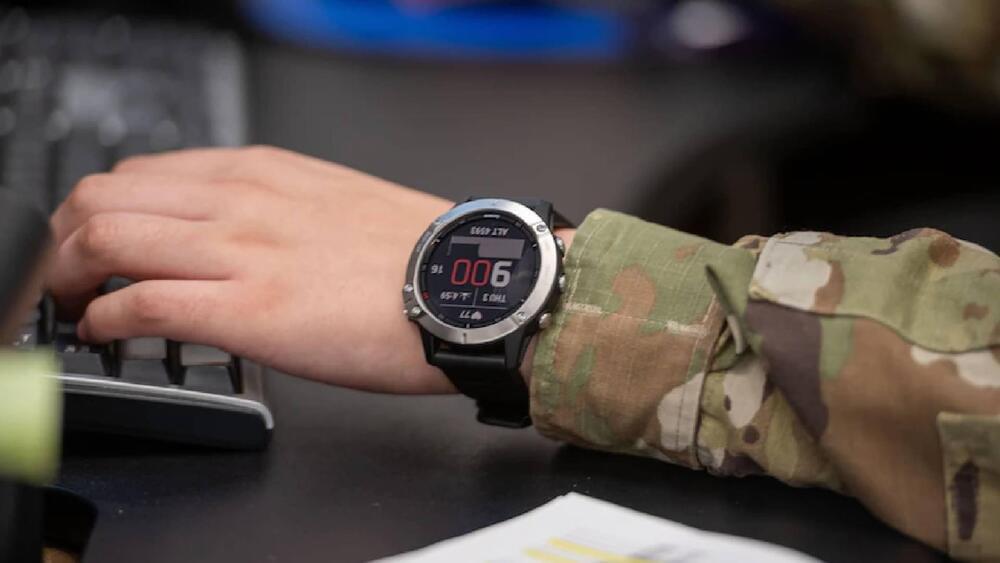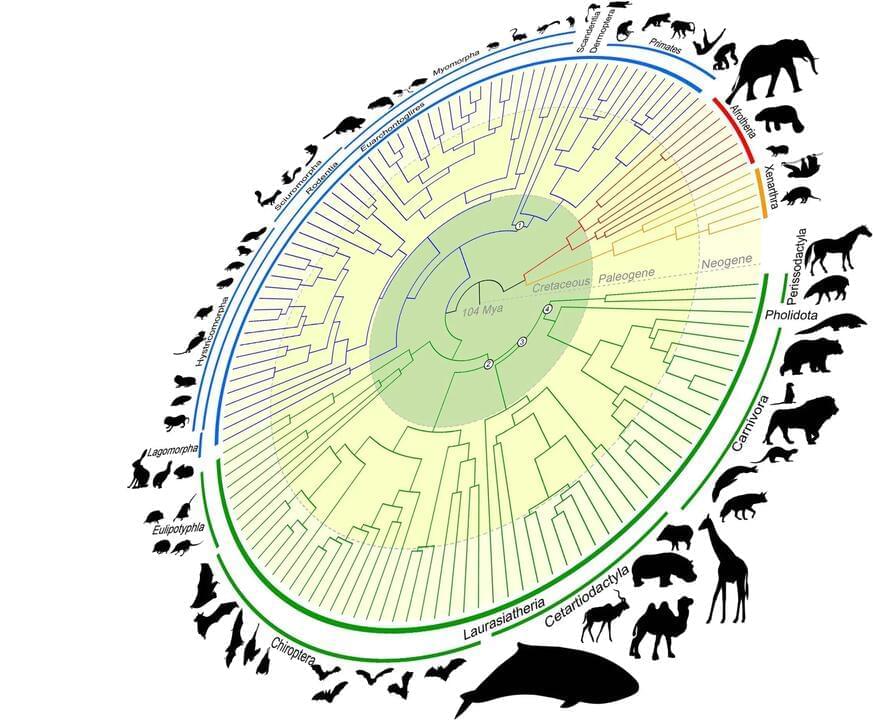About 1 in 10 cases of COVID-19 nationwide is caused by an emerging coronavirus strain, XBB.1.16.
The World Health Organization has elevated this strain of omicron to one of two “circulating variants of interest.” The variant, which has been called Arcturus, is responsible for a growing share of coronavirus cases in the United States.
As of April 22, it caused 9.6% of COVID-19 infections nationwide, according to the Centers for Disease Control and Prevention.








